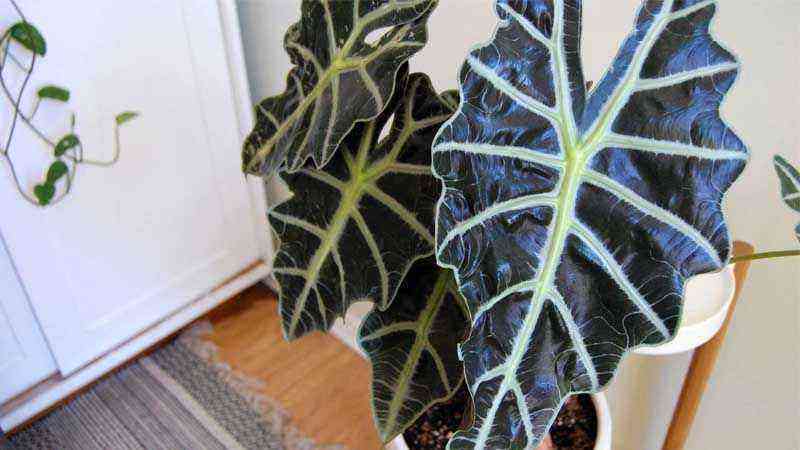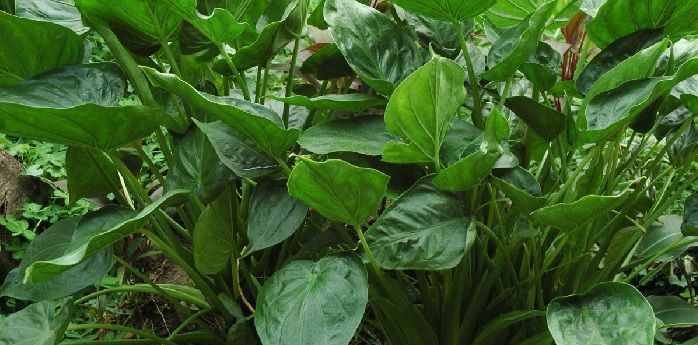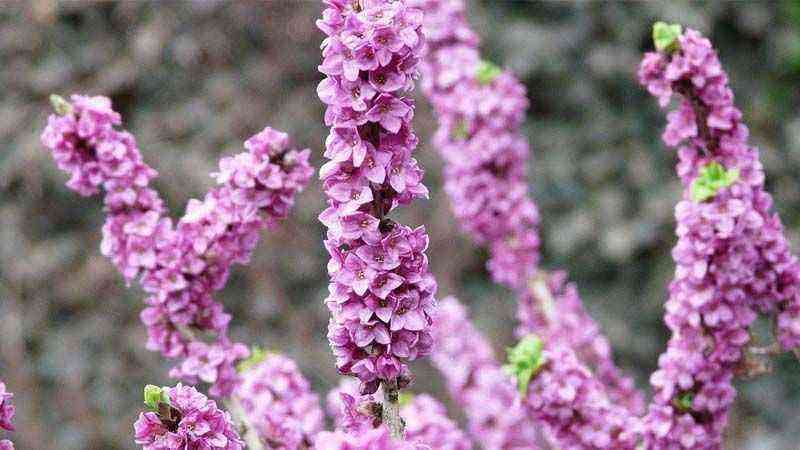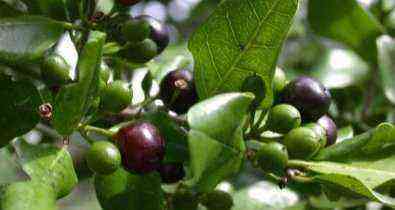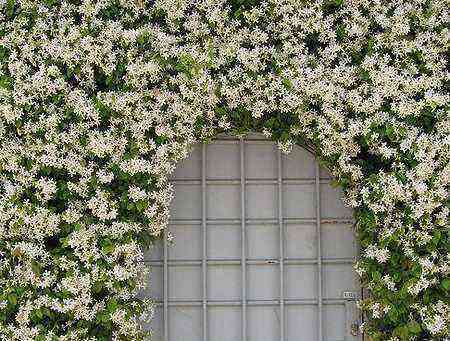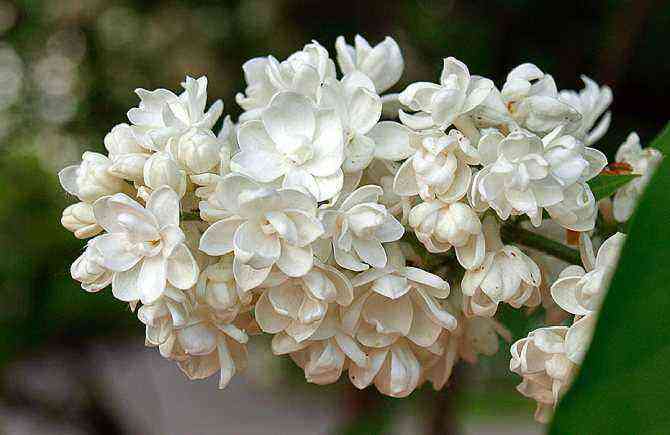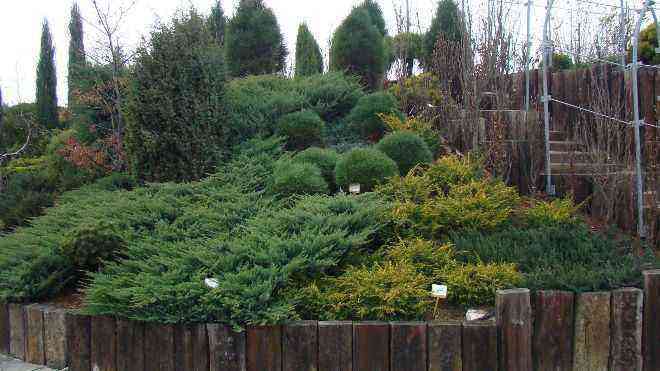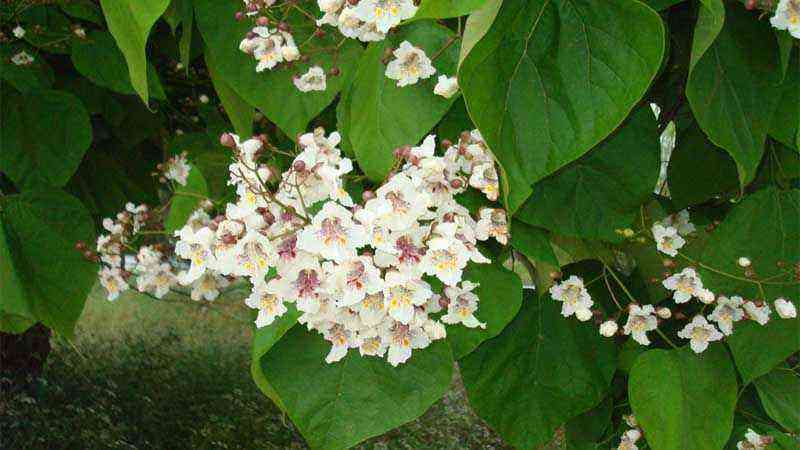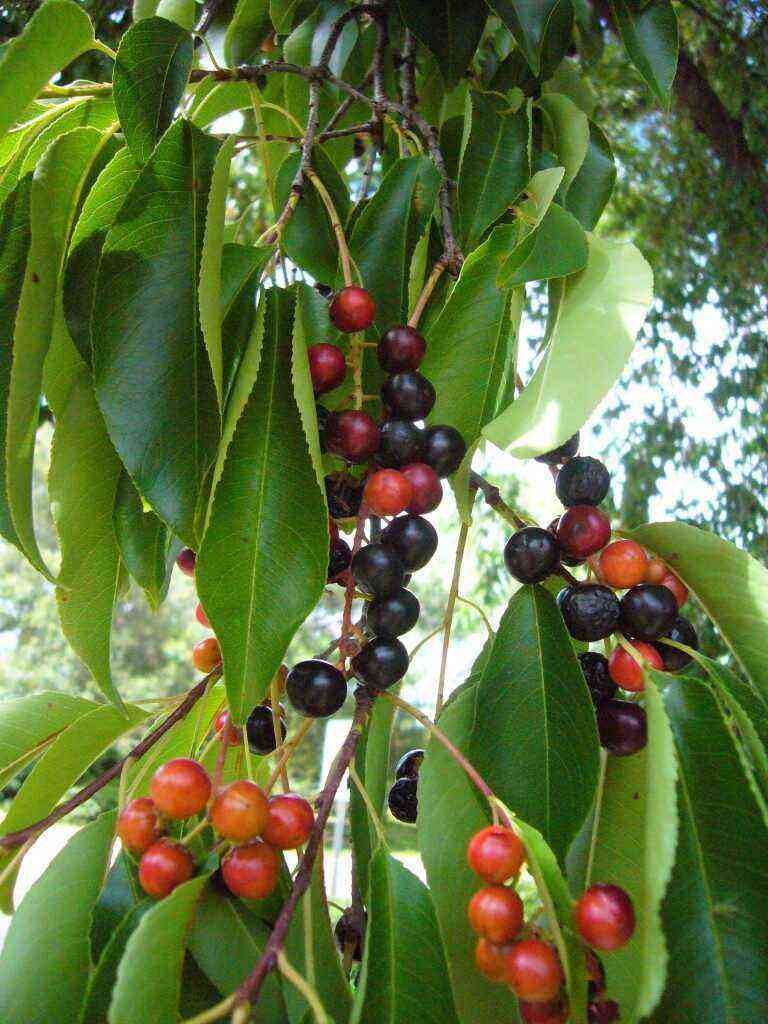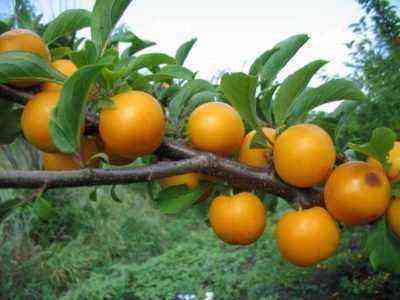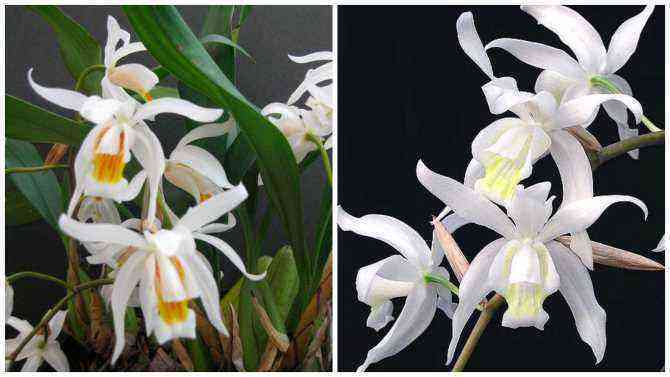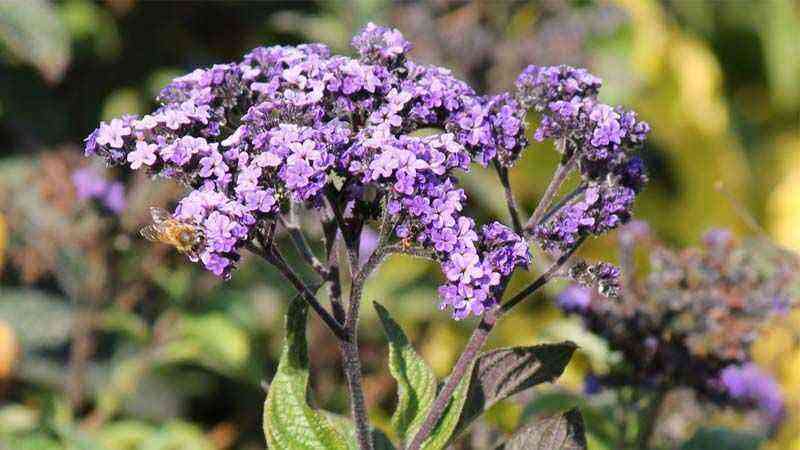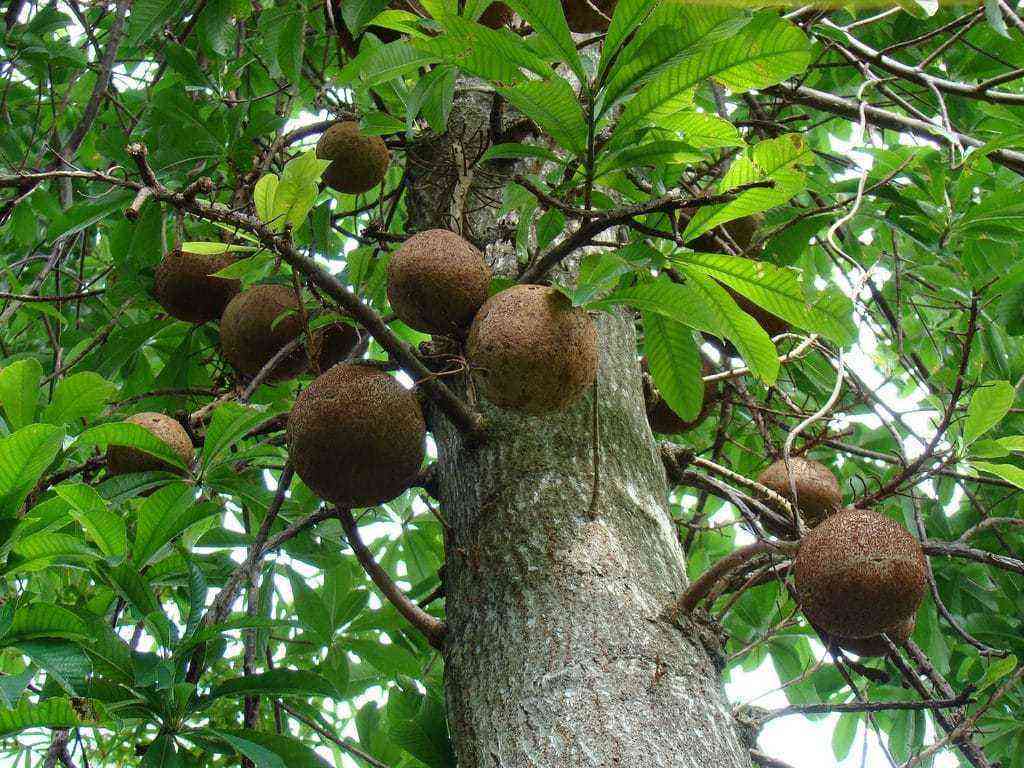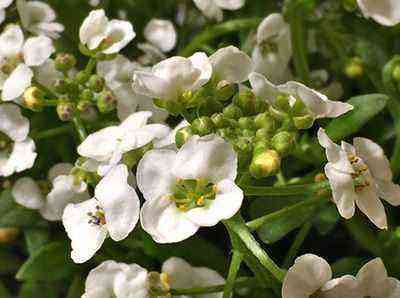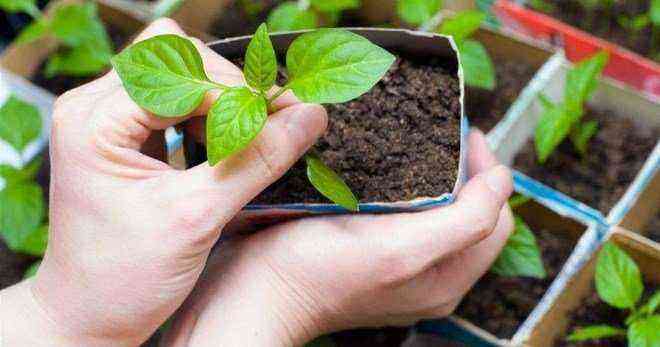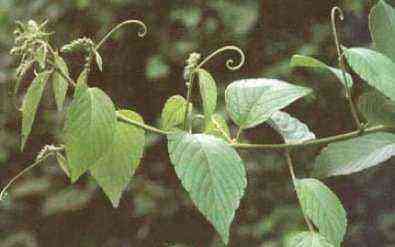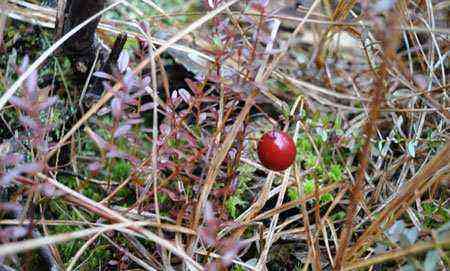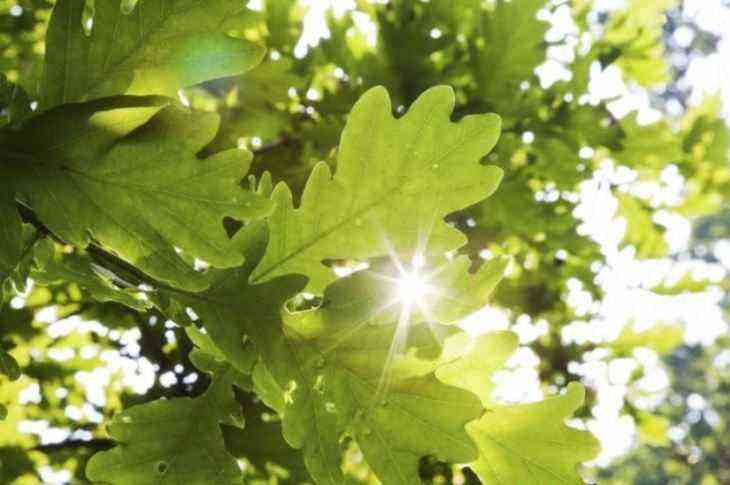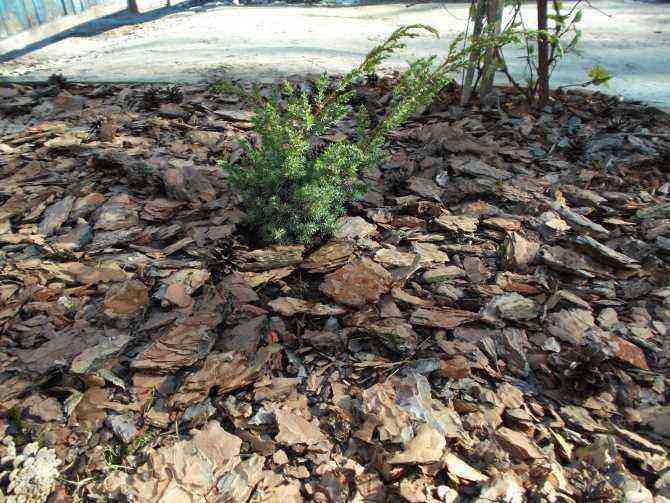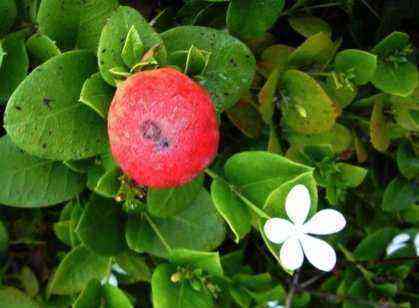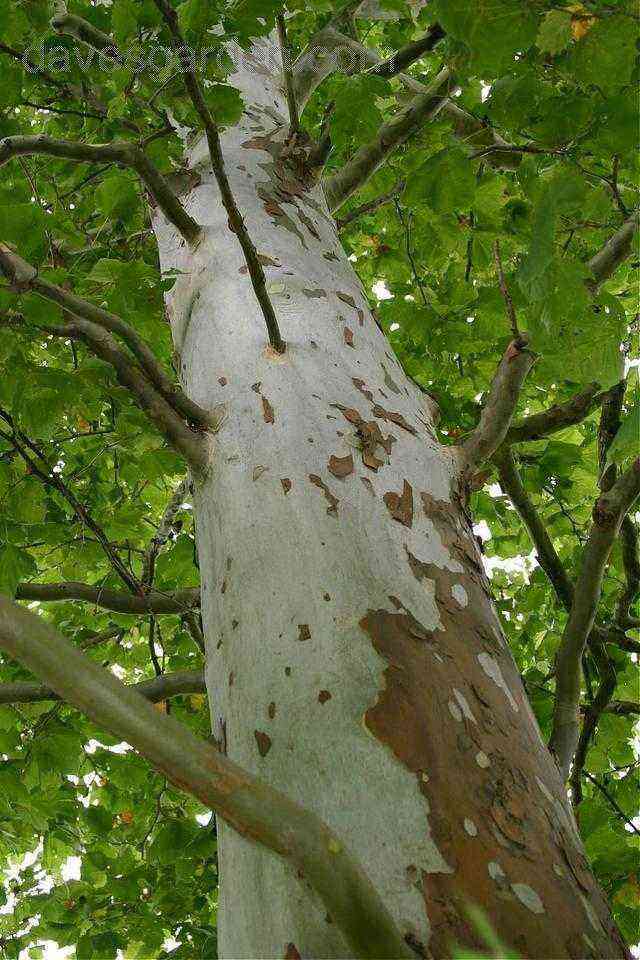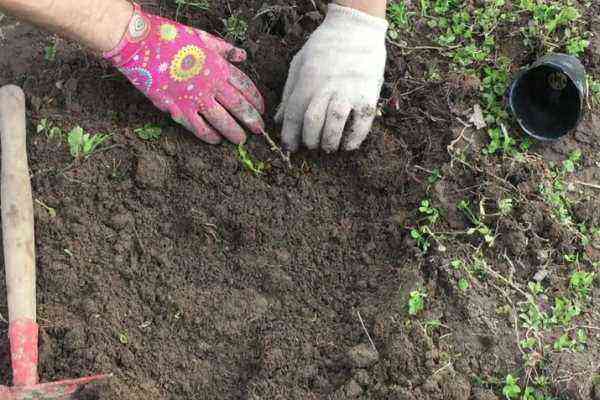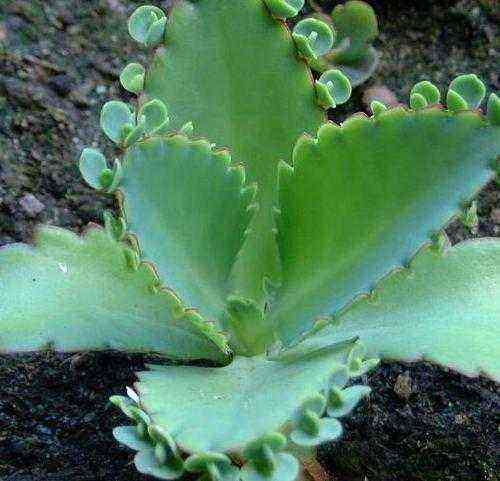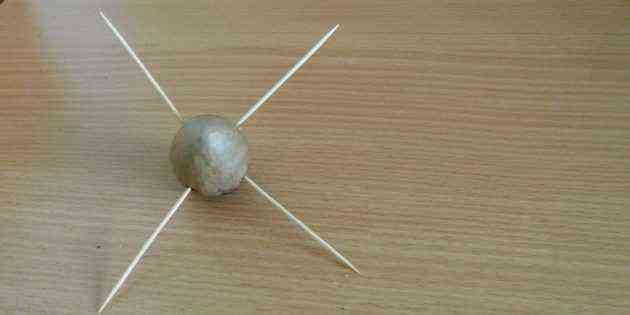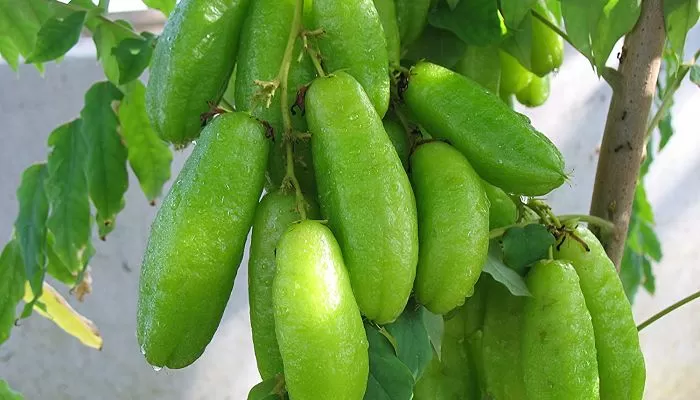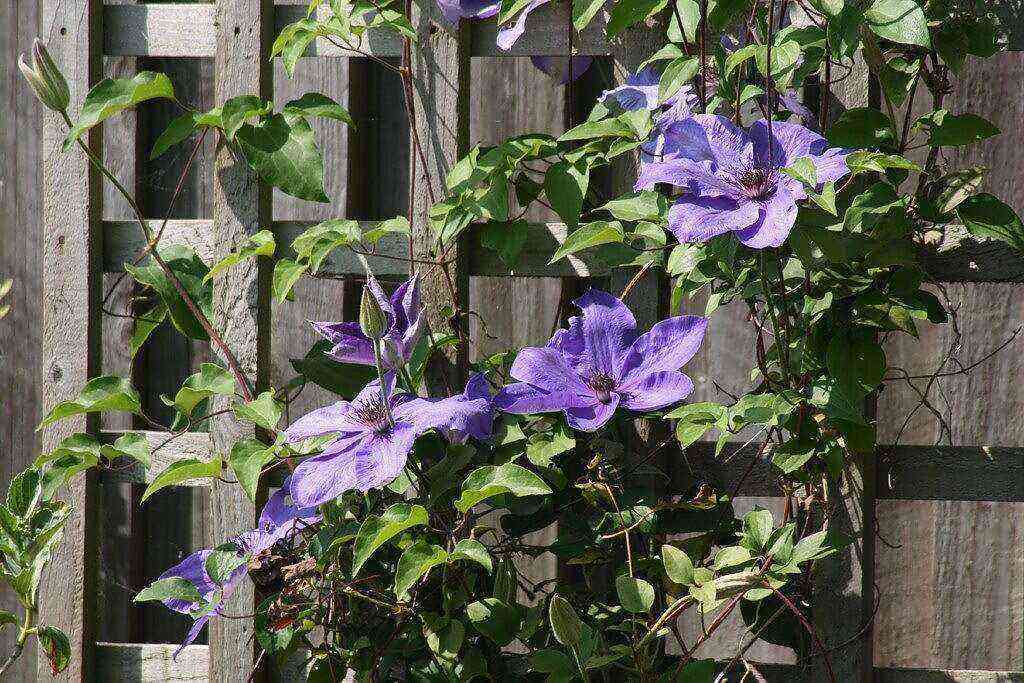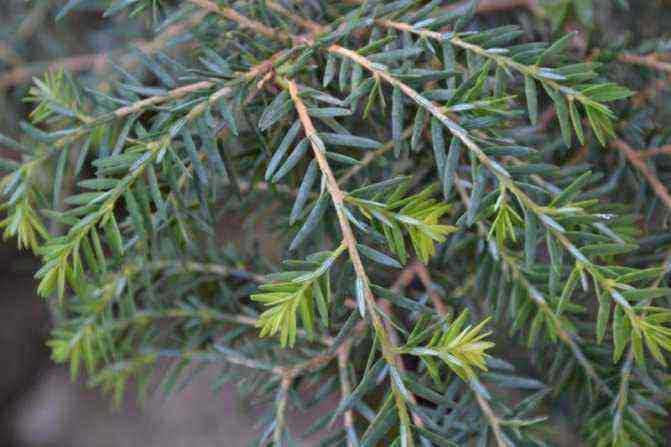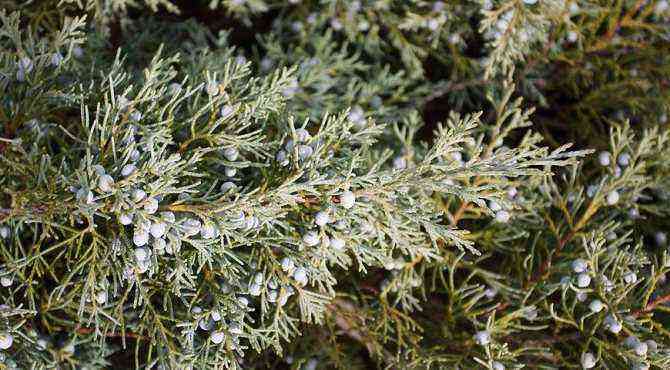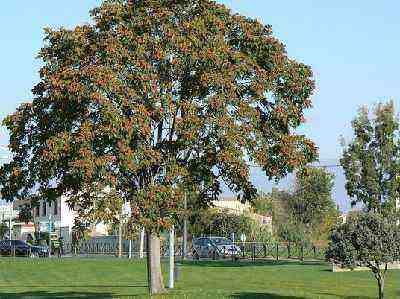Although Alocasia It is specifically the genus of a very large group of plants, commonly we can refer by this name to a specific type that is grown in the garden, especially in humid climates such as the islanders.
However, we can find different species, many of them have unique differences and even others are smaller plants for growing in pots indoors.
We are going to briefly review some varieties of Alocasia that we can find, to decide which is the one that interests us the most, depending on the climate or if it is for growing outdoors or indoors.Varieties of Alocasia
Characteristics Alocasia macrorrhiza (elephant ear)
It is one of the best known and most cultivated. They are outdoor plants that have been adapting to growing in pots, although they can grow above 5 meters.
These types of species are Asian, of very humid and jungle climates.
This is the plant that we are going to talk about throughout the article, but it is useful to mention other examples to understand the great heterogeneity that the genus offers us Alocasia.
Alocasia macrorrhiza It is also known by other names, such as colocasia, garden taro, Canary yam, etc.
Variety Alocasia sanderiana
Surely, just seeing the image of Alocasia sanderiana bring back memories of having seen it at the home of neighbors, family or friends.
This houseplant is attractive due to the shape of its leaves and the color of the leaflet as opposed to the prominent veins.
It is the typical plant that we can find in many nurseries, garden stores, etc. It is sometimes referred to as plant of Chris, being a dwarf species within the genus Alocasia, where, as we have said, they can easily exceed 2 meters in height.
This plant will deserve a specific entry, where we will tell you how to perform the main tasks for indoor cultivation. Conditions, irrigation, substrate and transplantation.
Variety Alocasia cucullata
Another indoor plant totally different from Sanderiana, with greener and more jungle colors.
Due to the characteristics of its growth, it reaches greater volumes and heights, being necessary to transplant it every 2 years and increase the size of the pot.
Alocasia cucullata It can also be grown in the garden, but it must meet special conditions, where ambient humidity and water are the protagonists.
Cultivation of Alocasia macrorrhiza
Going back to talking about the main plant, Alocasia «elephant ear», is a plant initially designed for growing outdoors, especially because of the dimensions it reaches.
However, in cold climates or where the minimum conditions for its development are not reached, it tends to be planted in pots, controlling its development very well (in this case, limiting it).
Temperature range
As their temperature range It is from 10 to 25 ºC, in Spanish climate, except the Canary Islands, it will be convenient to adapt or buy it for houseplant.
If we plant it outdoors, it is important that it be grown in a shady or semi-shady area and that it does not have the direct rays of the Sun for many hours a day.
You have to think that, as an Asian rainforest plant, it is used to having larger and larger species that shade it for most of the day.
In colder areas, we will see how the leaves can be damaged. In that case, do not worry too much, since you will lose them and will return to produce new ones in spring, with the improvement of the temperature.
Elephant ear moisture and watering
As for the humidity conditions, we have to be generous with watering (never getting waterlogged), and even on dry days, especially in summer, foliarly spray the plant at least 2 times a week.
We will water via the roots at least 4 times a week in summer and warm periods and 1 or 2 times in winter, where the growth of the elephant ear plant is very limited.
Alocasia Subscriber
With the regrowth of the spring season, it is necessary to provide an NPK complex, high in nitrogen, which will favor the emergence of new buds and future leaves.
We can find many types of fertilizers, both liquid and solid, that are gradually diluted.
For potted crops, granules that dissolve slowly, without giving “flashes” with the release of nitrogen, are recommended, so that there is a much more controlled assimilation of nutrients.
Multiplication and reproduction of Alocasia macrorrhiza
Multiplication tasks to produce new identical plants are carried out in spring, with the improvement of temperatures.
New plants are obtained from the rhizomes, taking into account that the rhizome used must contain buds (from which the new parts of the future plant will grow).
With the rhizome already cut, it is planted in humid peat substrate continuously, until we see that new green parts appear. We will keep it that way at least until the formation of true leaves.
Last minute Alocasia macrorrhiza care tips
- From time to time, we will have to transplant it due to its development, so one option is to start with a pot with a large volume.
- Find the area with the highest humidity in the house or garden, in a shady or semi-shady situation. Spray it if the environment is dry (<60% RH).
Precautions to take into account with Alocasia
This plant contains some toxic compounds for animals and humans. We must avoid being in contact with children or pets.
The sap produced after cutting the leaves can cause skin irritations.
